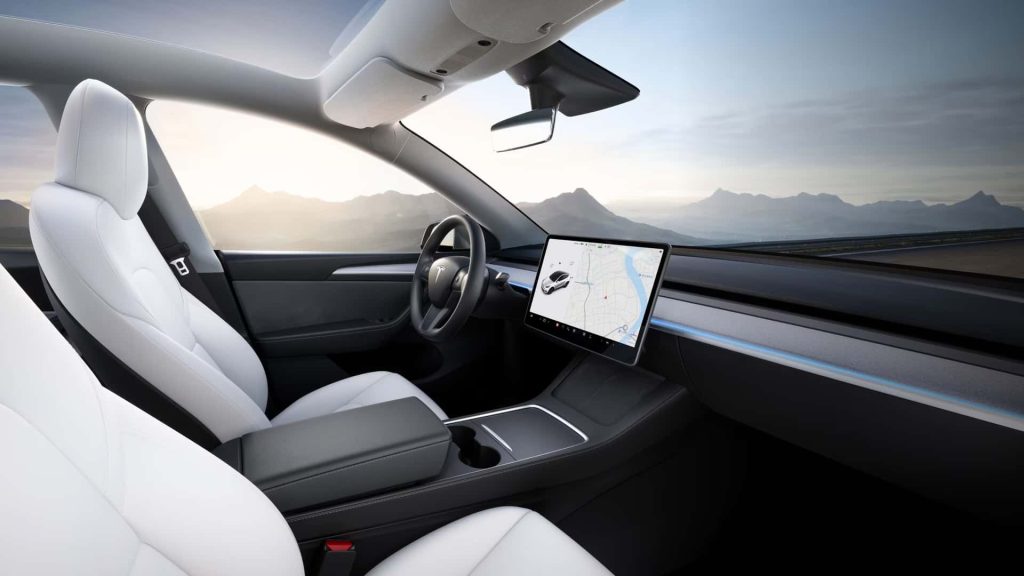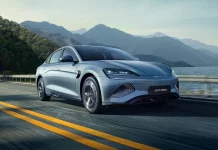Tesla continues to expand its charging network in both U.S. and the rest of the world. However, all these efforts can sometimes prove insufficient. Due to the increasing popularity of electric cars, certain locations may experience additional congestion. In an effort to address this issue, Tesla has announced a new “Congestion Fee” application.
New “Congestion Fee” Application is on The Way for Tesla Users
Have you ever had to wait in line to refuel your car with gasoline? Even if it’s just 20 minutes, it’s likely enough to frustrate you. Now, imagine what happens when this congestion occurs at an electric car charging station, turning frustrating minutes into hours. Tesla aims to solve this situation with its new “Congestion Fee” application.

According to this, if you find yourself at a Supercharger station that Tesla designates as congested at certain times, and your vehicle has reached a specific charge level, the company will charge you a high fee if you choose to continue charging. You will have five minutes from the time you receive the warning to leave the charging station. If you don’t leave within this time frame, you will be considered to have accepted the fee.
Of course, Tesla’s goal with the “Congestion Fee” application is not to take money from you. Instead, if you are one of those who cannot disconnect their car from the charger until it reaches 100%, Tesla gently encourages you to let go of this obsession. In doing so, the company aims to prevent people from waiting unnecessarily and causing delays for others in line.
Currently, Tesla is implementing the “Congestion Fee” application only in the United States. The current tariff is set at $1 per minute when the charge is above 90%. Tesla explains this decision by stating, “We do not want customers without urgency to occupy the station. A customer never leaves their vehicle at the pump at a gas station, and the same principle applies to Superchargers.”
The introduction of this change comes after Tesla’s decision to open its Superchargers to other electric vehicle brands. By 2024, the company plans to share its stations with brands such as BMW, Ford, General Motors, Honda, Hyundai, Nissan, Toyota, and Volvo, increasing the pressure on the charging network.
RELATED:
- Download the best GCam APK for Samsung Galaxy S23 Ultra
- Get $100 Discount on Alldocube iWork GT 12 at Geekwills (Coupon)
- Get the latest Xiaomi 14 smartphone for $599 at Geekwills
- Get $100 OFF on Lenovo Legion Y700 2023 Gamin Tablet at Giztop
(via)







